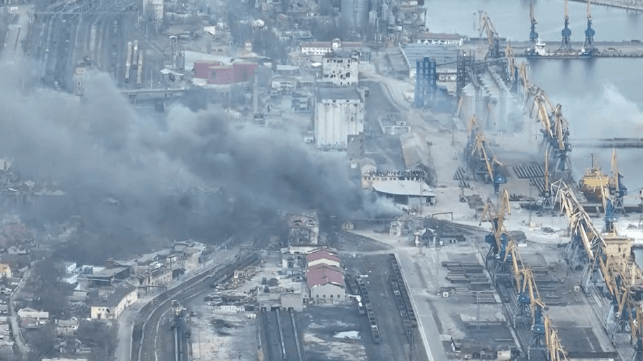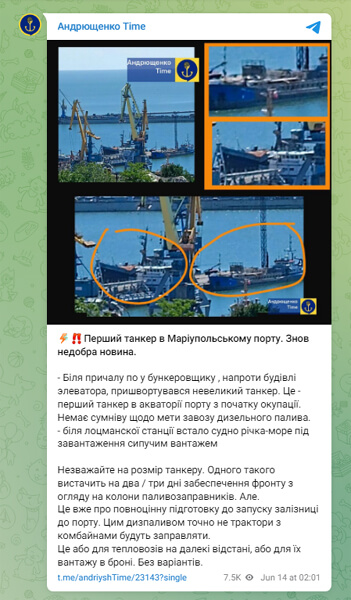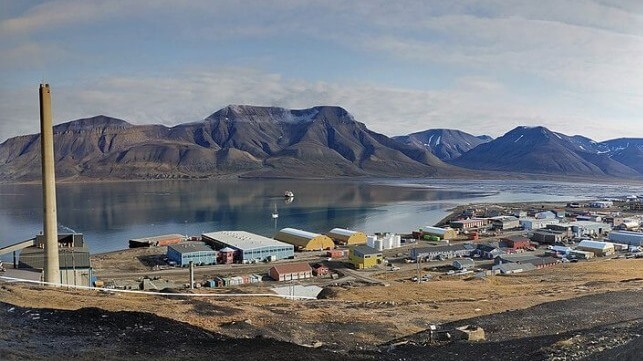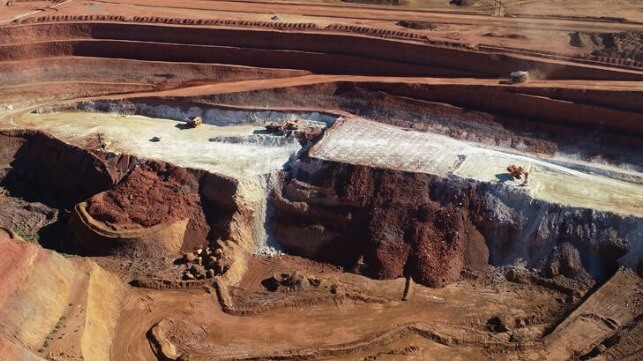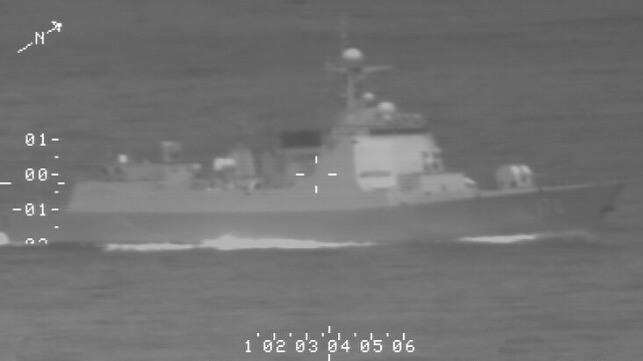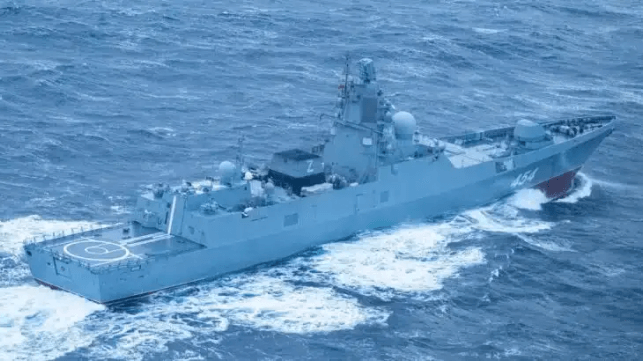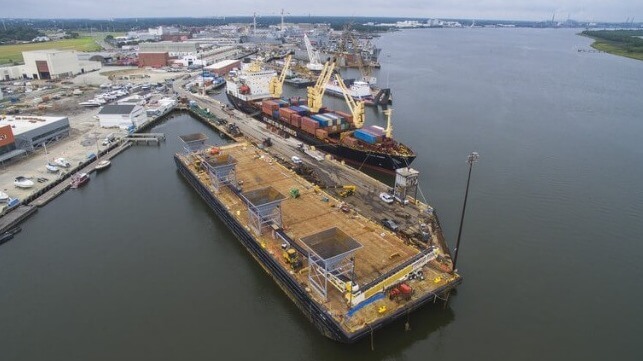WAR IS ECOCIDE
Two Bulkers in Danger of Sinking After Houthi Attacks
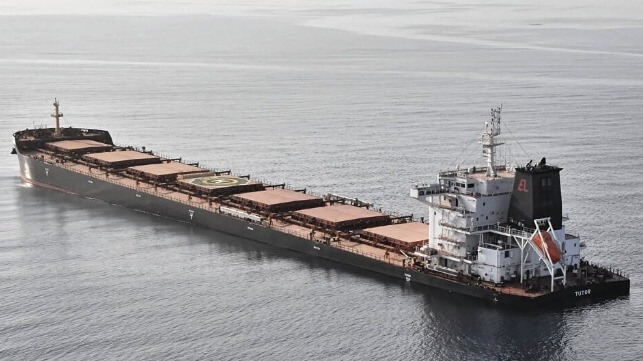
The Houthi issued an unverified claim on Saturday, June 15, that one of the two bulkers attacked last week has now sunk in the Gulf of Aden and a second is in danger of sinking in the Red Sea. Western officials have acknowledged that both vessels were abandoned and taking on water but did not confirm at this time that either has sunk.
The Houthi are saying that both vessels were targeted with multiple attacks which happened in the past 72 hours. They are asserting that the shipping companies had “violated the ban on access to the ports” of Israel.
The vessel which they are claiming to have sunk, Verbena (11,400 dwt) is reported to be owned by Ukrainian interests and managed from Poland. The general cargo ship was built in 2008 and is currently registered in Palau. According to the reports, the ship was carrying a cargo of wood construction material from Malaysia to Italy.
Two anti-ship cruise missiles hit the vessel while it was in the Gulf of Aden and it was struck for a second time in 24 hours, by one anti-ship ballistic missile. An unconfirmed video circulating online shows a large hole above the waterline. Reports said that there were fires aboard and one crewmember was seriously injured. EUNAVFOR Aspides reports the crewmember was airlifted to the Dutch support vessel HLMNS Karel Doorman for life saving surgery. Aspides reported the sailor was from Nepal although other reports have identified the nationality as Polish.
After initially saying the fires had been extinguished, UK Maritime Trade Operations in its update on Saturday reported the master of the ship said the fires were still burning and that the ship was sinking. The crew was evacuated from the vessel with the last confirmed reports that it was drifting 30 nautical miles northeast of Djibouti. Other ships were being warned that it was unlit and a danger to navigation. he Anna-Meta (56,280 dwt bulker registered in Cayman Islands) responded to the distress call and rescued the crew as it was abandoning ship. CENTCOM is reporting that the Iranian frigate IRIN Jamaran was eight nautical miles from the Verbena and did not respond to the distress call.
If the vessel has sunk, it would be the second lost during the conflict. In March, the bulker Rubymar sank several days after it was attacked. It had also been abandoned and was drifting in the Red Sea.
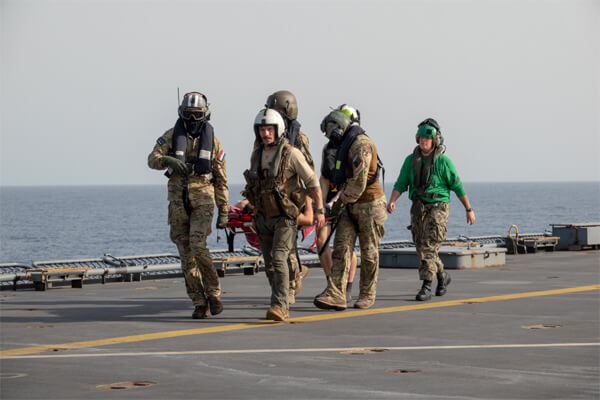
Photo released by EUNAVFOR Aspides of the evacuation of the injured crewmember from the Verbena
Additionally, they are reporting the Tutor, a Greek-owned bulker registered in Liberia, is in danger of sinking. France released a photo of the vessel showing it down at the stern.
The vessel was attacked on June 12 with a drone boat as well as missiles. Reports are that salvage tugs are proceeding to the vessel and are expected to arrive on Monday. The USS Philippine Sea and a French air defense frigate used helicopters to evacuate the 21 crewmembers, mostly Filipino from the vessel on Friday. One Filipino remains missing presumed deceased in the flooded engine room of the vessel.
CENTCOM acknowledged “severe flooding and damage to the engine room,” caused by the drone boat. They are reporting the Tutor remains in the Red Sea and is slowly taking on water.
The Philippine government on Friday expressed its outrage at the attacks including from President Ferdinand Marcos Jr. who released a video assuring the country that they were doing everything possible to protect the country’s seafarers. The reports said the crew of the Tutor was being evacuated to Djibouti. The Philippines said it would review the work rules for seafarers. The IMO also issued a strong statement calling for further actions to immediately stop the attacks.
In response to the latest escalation, U.S. Central Command reports in the past 24 hours forces destroyed seven radars in Yemen. According to the statement, the radars allowed the Houthis to target maritime vessels and endanger commercial shipping. CENTCOM also reported that two more uncrewed surface vessels were destroyed in the Red Sea and that forces successfully destroyed one uncrewed aerial system launched from a Houthi-controlled area of Yemen over the Red Sea.
New Safety Warning as Greek Bulker is Abandoned and Drifting in Red Sea
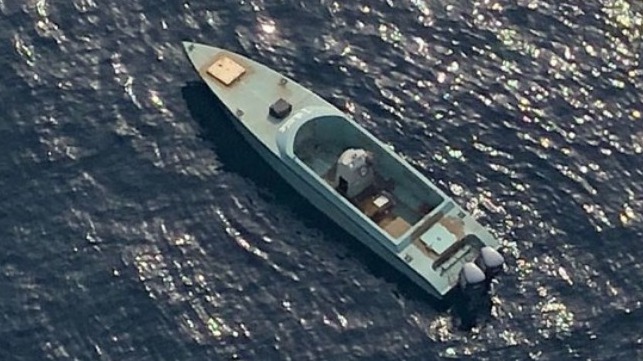
The Greek-owned bulker Tutor has been abandoned with the Filipino crew evacuated two days after the vessel became the first confirmed casualty of a Houthi-launched remote-controlled boat. The Tutor becomes the third vessel abandoned after an attack inflicted serious damage and as a result, security experts have issued increased warnings and are advising reconsidering transits of the region.
The attack on the Tutor (82,357 dwt) took place on June 12 with the vessel which was built in 2022 being hit in what has been described as a sensitive area in the stern. The engine room of the vessel flooded leaving the ship unable to navigate and now without power. One crewmember, a Filipino is missing and presumed deceased, likely trapped in the engine room.
Earlier today, the Philippines reported that an evacuation was underway. The 21 remaining crewmembers, mostly Filipino, were reported heading for Djibouti. The Philippines is working with local authorities to arrange for the crew to be flown home.
The UK Maritime Trade Organizations is warning that the vessel is now drifting in the Red Sea. They informed shipping to be cautious as the ship is reported to be unlit while Reuters reports a salvage team is not expected to reach the vessel until Monday.
Ambrey today issued a public Threat Circular providing additional details and warnings based on its analysis of the incident. They highlight that the Houthi had used previous versions of the drone boats in the early phase of the Yemeni Civil War but since November 2023 had been concentrating on missiles and airborne drones. The Saudis reported attacks during the civil war on their vessels using the remote-controlled boats and U.S. Central Command has recently reported a few actions to stop these crafts.
The Threat Circular says the attacks are being staged using fishing boats which is consistent with the UKMTO’s description of the boat that hit the Tutor as being 5 to 7 meters (16 to 23 feet) in length. Ambrey highlights that they are typically fiberglass or wooden boats.
They are reporting that the Houthis are placing dummies on the boats in an attempt to disguise the threat. They also report that in past incidents a second skiff was in the area and believed to be controlling the radio-controlled vessel.
Ambrey reports that one of the attack boats washed up near the Bab al Mandeb Strait in January 2024. It was found they report to contain 25 kg of C4 explosives and 50 kg of TNT. It had three electronic switches using contact switches for the detonation.
Based on this first successful attack against a merchant ship, Ambrey is advising vessels to review their threat level and that high-risk vessels are advised to re-consider their voyage and re-routing. They also recommend that crews should have a safe muster point well above the waterline and away from exterior walls. All deck movements should be stopped within the areas around Yemen and AIS transmissions and other signals should stop if suspicious activity is encountered.
Philippines to Review Seafarer Work Rules as Houthi Attacks Continue
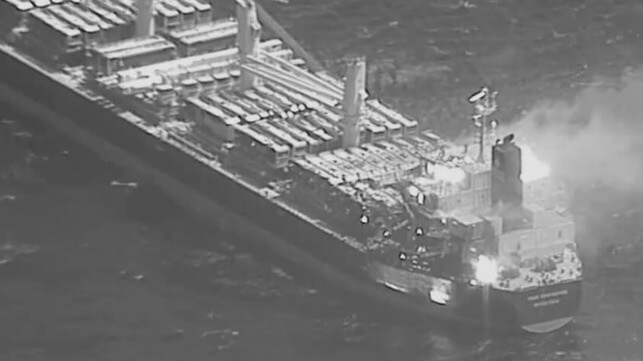
The government of the Philippines reports that a rescue mission is underway for the crew of the Greek-owned bulker Tutor that was flooded and disabled by two Houthi attacks on June 12. One seafarer, a Filipino, is still reported missing, while government officials said that efforts were underway to repatriate the 21 other crewmembers who are mostly Filipino.
President Ferdinand R. Marcos Jr. released a video statement to the people of his country assuring them that “we are doing everything that can be done,” for the crew aboard the Tutor. He said working with the authorities in the region they were “looking for ways to safely transfer the Filipino seafarers to Djibouti where help is underway.”
The Department of Migrant Workers held a press briefing in Manila to discuss the situation and the safety of Filipino crewmembers. They said that the Philippine government will take all necessary measures to secure the safety and well-being of the Filipino crew on board and to ensure justice.
Migrant Workers Secretary Hans Cacdac said they had spoken through video conference with the crew of the Tutor and that the seafarers were “safe and sound,” while still aboard the disabled vessel waiting for the rescue. He said they would be rescued “within the day,” but declined details for security reasons.
He reported that the department was also checking its records to determine if there were any Filipinos aboard the Verbena, the second vessel that was attacked, and also reported that one crewmember was injured. U.S. Central Command confirmed that aircraft from the USS Philippine Sea had airlifted the “severely injured” crewmember for medical attention. EUNAVFOR Aspides is reporting today that the crewmember was from Nepal and was taken to the Dutch support ship HLMNS Karel Doorman for life-saving surgery.
The Department of Migrant Workers highlighted that with the attacks continuing unabated, it would be reviewing its current policies and processes on whether it could further strengthen the protections for seafarers. They noted that the crew of the Tutor had signed consents to work aboard the vessels, but expressed concern about the continuing attacks. In March, two Filipino seafarers were killed aboard when the True Confidence was hit by a Houthi attack.
Late on Friday, June 14, the UK Maritime Trade Organizations confirmed that the crew of the Tutor has been evacuated. They are reporting that the ship is drifting in the Red Sea and unlit. Reuters says salvage teams are not expected to reach the vessel until Monday.
The Philippines said in April it barred Filipino seafarers from working on cruise and passenger ships that would be sailing through the Red Sea or Gulf of Aden. Most of the cruise ships scheduled for the area diverted and all suspended carrying passengers in the region.
Cacdac said the decision to bar Filipinos from working on those cruise ships was due to the number of crew and people typically on one of those ships. He said it was not because the safety of cargo ships was less important and said that they would now be looking at measures to protect the crews on all ships. He also said they would pursue justice without providing details.
IMO Secretary-General Arsenio Dominguez issued a video statement saying the IMO was appalled at the fact that seafarers going about their work continue to be targeted and injured. “I demand all governments and relevant organizations to provide maximum assistance to seafarers affected, and to spare no effort in finding a resolution to this crisis. This situation cannot go on,” said Dominguez in his statement,
U.S. Central Command increased its efforts in response to the recent barrage of attacks. In the past 24 hours, they said forces had destroyed one air defense sensor in a Houthi-controlled area of Yemen as well as an uncrewed surface vessel (USV) and two Houthi patrol boats in the Red Sea. The U.S. also said one aerial drone was destroyed.
